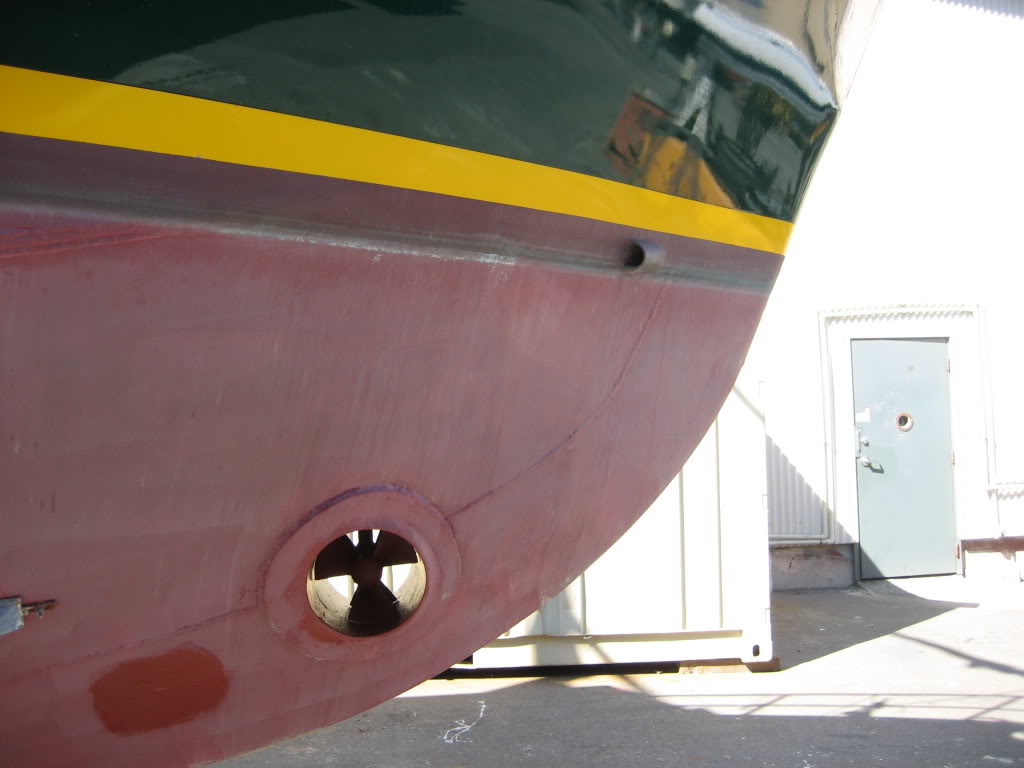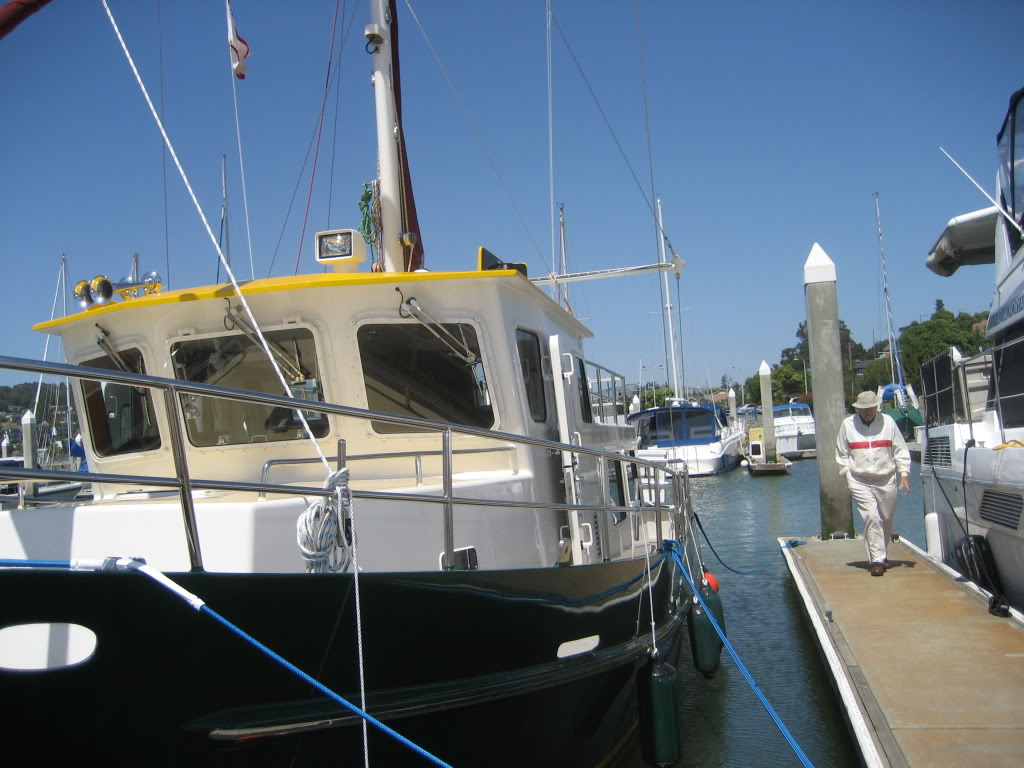oceano
Member
I'm exploring purchase of a 34-foot trawler. I've noticed that here in Marina del Rey (Los Angeles) there seem to be few or no trawlers in our rather tight floating dock slips. Most trawlers--including a 30-footer--are at dock ends. Some large trawler yachts are in slips, but those slips have ample sea room for the approach/departure. (In most slips some form of a 90-degree turn is required in a narrow and crowded lagoon).
With a fin-keel 40-foot sailboat, there are no issues using these typical slips. With a single-screw trawler, how would my experience differe?
Thanks. Good forum.
With a fin-keel 40-foot sailboat, there are no issues using these typical slips. With a single-screw trawler, how would my experience differe?
Thanks. Good forum.



